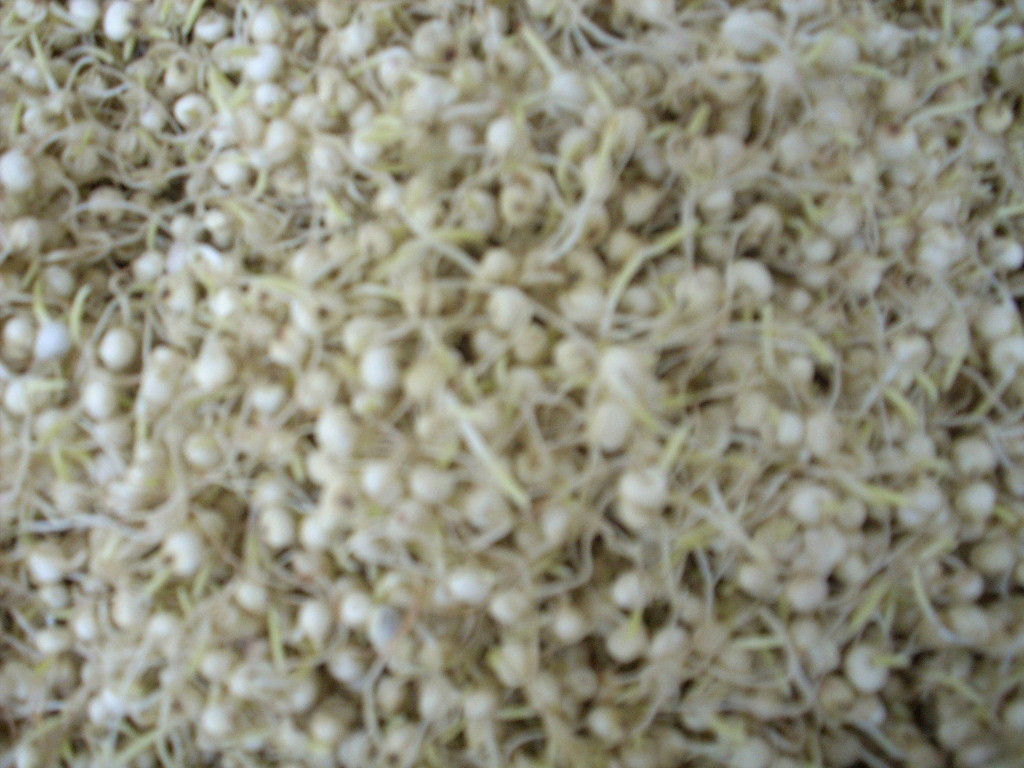Use of the response surface methodology for optimizing the action of mashing enzymes on wort reducing sugars of the Madjeru sorghum cultivar (2011)

Abstract: A three factor Doehlert design was used to develop a statistical model to optimize the action of three commercial mashing enzymes (Hitempase 2XL, Bioglucanase TX and Brewers protease) on reducing sugars content of the worts of unmalted and malted Madjeru sorghum. The response surface methodology revealed that increasing amounts of Hitempase considerably increased reducing sugars content during mashing of unmalted and malted Madjeru sorghum grist to about 105.39 g/L and 132.25 g/L respectively. The milling process contributed to about 22 g/L and 54 g/L for the unmalted and malted mash types respectively. Increasing amounts of Bioglucanase was virtually insignificant, while for Brewers protease, reducing sugar yields rather decreased to nil for both the unmalted and malted mash types. Optimization of the concerted actions of the three enzymes for reducing sugars content of unmalted Madjeru sorghum mash gave a combination of 1995 U, 89.31 BGU and 28.86 mg for Hitempase, Bioglucanase and Brewers Protease respectively. This gave a maximal reducing sugars content of 108.78 g/L. This combination was 3000 U, 0 BGU and 49.69 mg for malted Madjeru sorghum mash, giving a maximal reducing sugars yield of 153.15 g/L.


